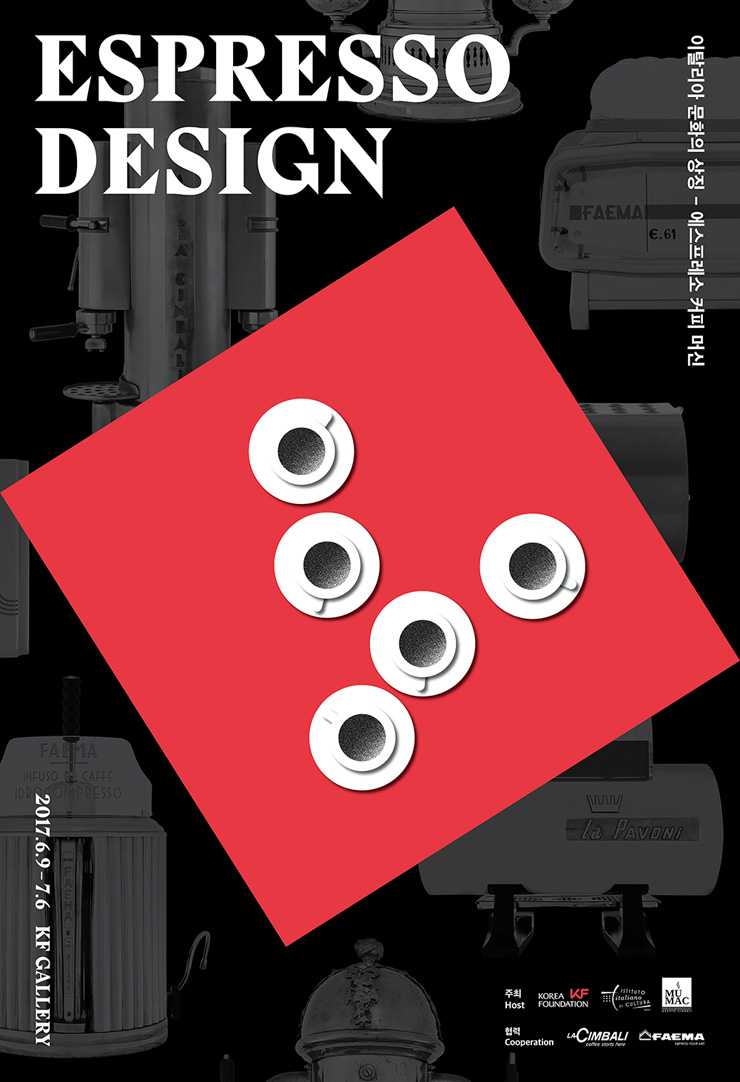SEOUL, South Korea – It has been less than 150 years since coffee was introduced in Korea. The exact date is unknown, but it is well known that the Joseon Kingdom’s (1392-1910) last king, Emperor Gojong, was a big coffee aficionado.
The earliest records of coffee culture in Korea date back to an icy cold January in 1884, when American astronomer Percival Lowell wrote in his journal, “We mounted again to the House of the Sleeping Waves to sip that latest nouveaute in Korea, after-dinner coffee.”
Twelve years later, a historical document on “A-kwan-pa-chun,” or a Korea royal refuge at the Russian legation, says Emperor Gojong drank his first cup of coffee at the diplomatic venue in 1895.
Today, Korea is the seventh largest coffee importer in the world after the EU, America, Japan, Russia, Canada and Algeria, according to the International Coffee Organization.
Koreans reportedly drank an average of 1.2 cups of caffeine a day last year, which adds up to 438 cups a year. The consumption rate of coffee spiked by 25 percent compared to that of 11 years ago in 2006.
However, instant coffee comprises more than half of the total _ indicating that extracted and drip coffee are not the most popular ways to drink the beverage.
A diplomatic organization, the Korea Foundation, recently opened an exhibition “Espresso Design” at KF Gallery in Jung-gu, Seoul, to introduce the history of Italian coffee culture and its coffee machine industry that takes up 80 to 90 percent of the market.
“We adopted coffee culture in the late 19th century while Italians started drinking coffee from the 16th century,” said the Executive Vice President of the Korea Foundation, Yoon Keum-jin, during an interview with The Korea Times at KF Gallery, last Thursday.
“The Italian coffee industry grew to such a large scale in two centuries I thought we had to know what coffee machines look like, how they were made and how they have evolved.”
The exhibition is promoted jointly by the Italian Cultural Institute in Seoul with the support of MUMAC, the Cimbali Group’s Coffee Machine Museum, to expand Italian coffee culture through technology and design evolution of its espresso machinery.
The show runs on two essential elements: Italian espresso and design and the collection of photographs focusing on today’s espresso world.
The design and evolution of the Italian coffee machines show not only the European lifestyle and their culture, but also the history of coffee machines typically made in Italy.
The exhibition features one of the most famous machines in the world, La Cimbali Pitagora, which is the first and only coffee machine to have won the Compasso d’Oro Award.
Another espresso machine Faema E61 at the KF Gallery, is the most iconic machine in history. The wide range of coffee machines on display shows the very first espresso coffee machines from Italy that started to conquer the world.
The event also follows the technological and aesthetic transformation of espresso machines from the start of the 20th century to the 1980s and a series of documents from the MUMAC historic archives are available for visitors to see.
“The machines in these rooms, not only represent the coffee machine industry of Italy, but also the lifestyle, trends, designs and colors and materials used during each period, because there was big mix between all the industries.
But in the end, everybody wanted to enjoy the technology and design,” said Bruno Pignattelli, the Cimbali Group’s export director for Asia and Middle East.
“We are here because South Korea is the first market for coffee and coffee machines in Asia. There is a very important coffee lover community here and people are big fans of coffee made in Italy. They understand the design and the quality,” added Pignattelli.
According to the export director, espresso gives a rich personal experience through all five senses. To fully enjoy it, a person has to see the cream, smell the scent, taste the drink, and listen to the coffee to make sure it does not make a frying sound.
Pignattelli advises that an over-extracted espresso will make a frying sound if a person listens carefully to the coffee right after it is served in a shot glass.
The photograph section displays collections of the collaborative project by artists, who honor Faema’s brand promise, “Express your Art” through photographs.
Five renowned photographers participated in the exhibition including Amedeo Novelli, Matteo Valle and Alfredo Bini, who travelled around the world to places where espresso is actively consumed to photograph them in different perspectives.
“More than 200 years ago in Venice, coffee was a symbol of friendship and love. Guys used to give chocolate and coffee to the girls. This exhibition is friendship and love from Italy to Korea,” said the director of the Italian Cultural Institute in Seoul, Angelo Gioe.
“In Italy, men drink coffee when they go out for a smoke, girls drink coffee when things don’t work out. A serious coffee drinker sips espresso before going to bed,” added Yoon.
At the end of the “Espresso Design” show, visitors can enjoy the perfect espresso prepared by the Korean barista champion Paul Bang using two state-of-the-art espresso machines, the La Cimbali M100 and the Faema E71.
“In Korea, people are not used to the strong taste and scent of espresso. But nowadays, there are many specialty coffee shops opening here where people can experience the various flavors of espresso from fruity to nutty.
The trend is changing and it will definitely provide more chances for Koreans to challenge espresso,” said Bang.
The exhibition will run until July 6.
Kim Jae-heun
















